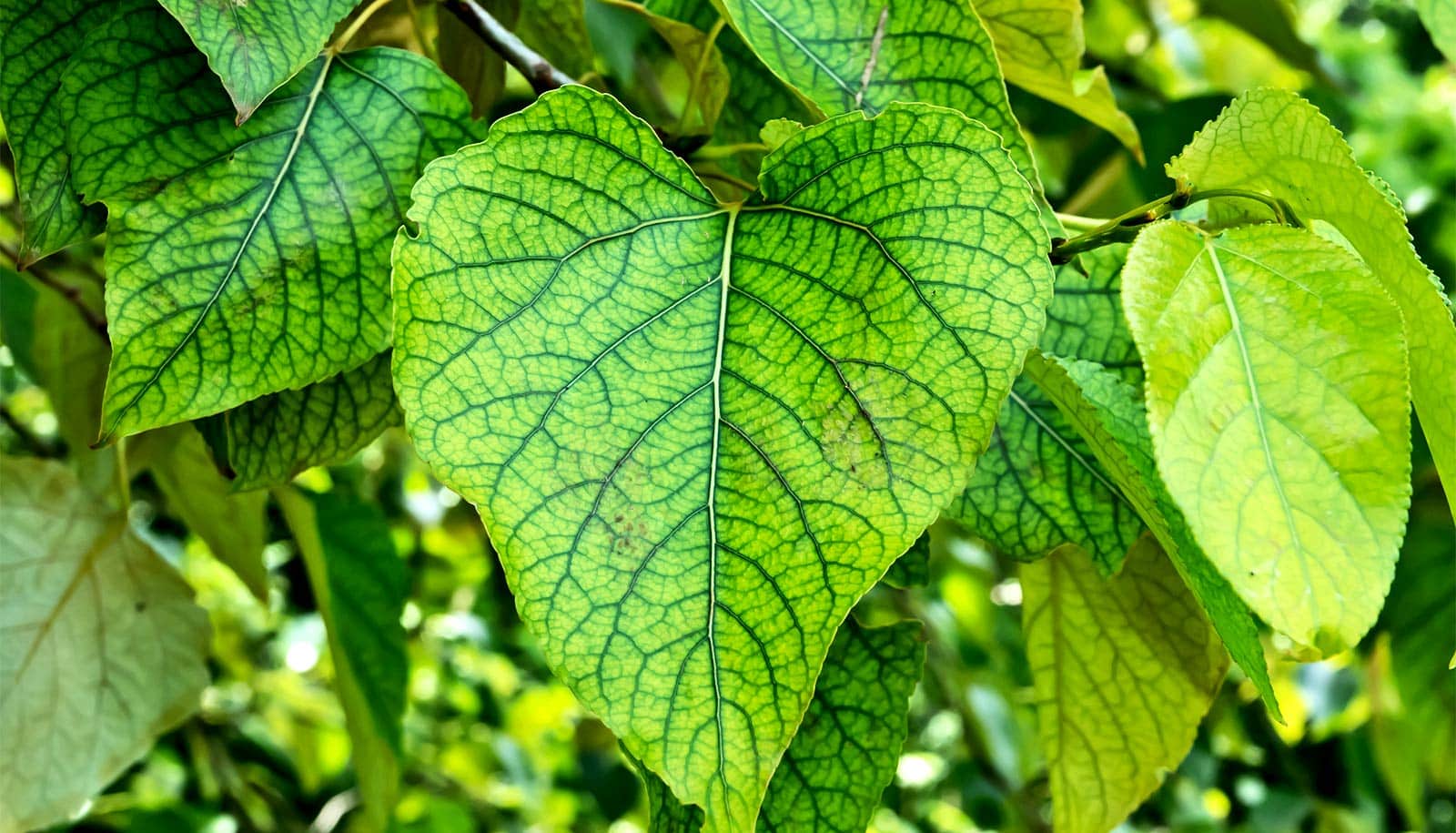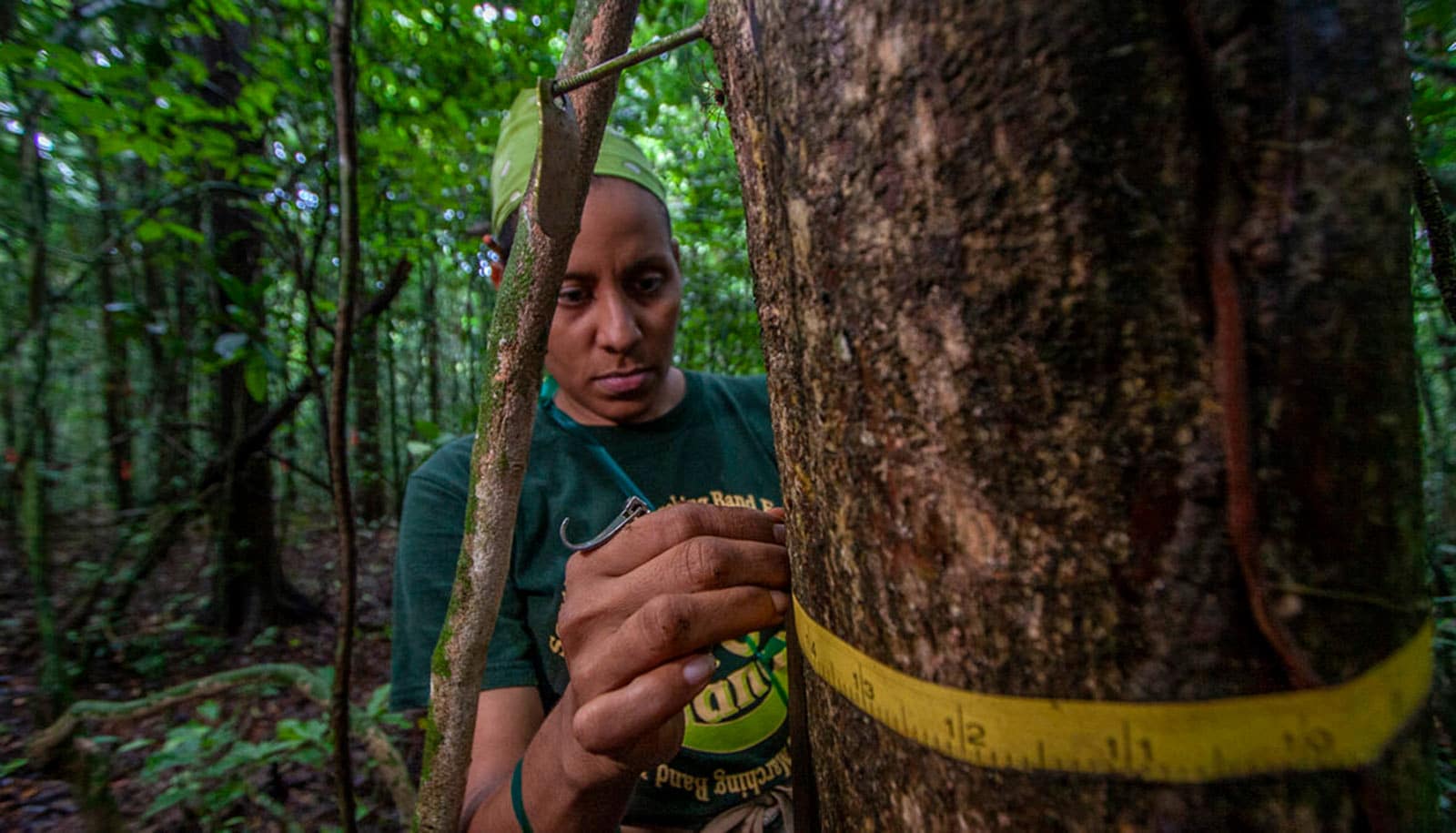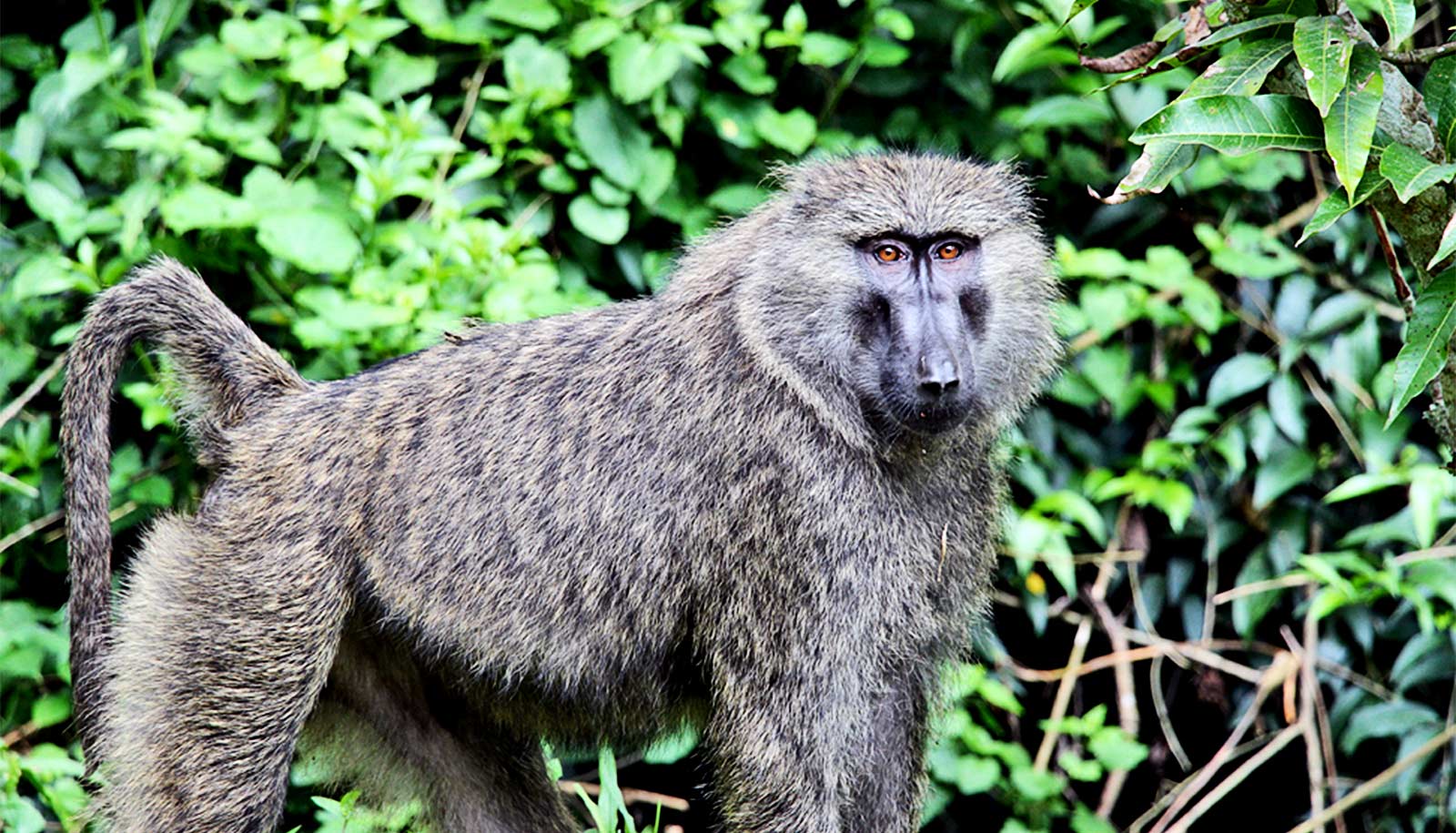A new model aims to predict genetic changes that have unintended consequences in trees that researchers genetically modify.
It could pave the way for more efficient research in the fields of both genetic modification and forestry.
Researchers want to genetically modify trees for a variety of applications, from biofuels to paper production. They also want to steer clear of modifications to one gene that result in unexpected changes to other genes.
The research at issue focuses on lignin, a complex material found in trees that helps to give trees their structure. It is, in effect, what makes wood feel like wood.
“Whether you want to use wood as a biofuel source or to create pulp and paper products, there is a desire to modify the chemical structure of lignin by manipulating lignin-specific genes, resulting in lignin that is easier to break down,” says corresponding author Cranos Williams, an associate professor of electrical and computer engineering at North Carolina State University. “However, you don’t want to make changes to a tree’s genome that compromise its ability to grow or thrive.”
The researchers focused on a tree called Populus trichocarpa, which is a widely used model organism—meaning that scientists who study genetics and tree biology spend a lot of time studying P. trichocarpa.
“Previous research generated models that predict how independent changes to the expression of lignin genes impacted lignin characteristics,” says Megan Matthews, first author of the paper, a former PhD student at NC State, and a current postdoctoral researcher at the University of Illinois.
“These models, however, do not account for cross-regulatory influences between the genes. So, when we modify a targeted gene, the existing models do not accurately predict the changes we see in how non-targeted genes are being expressed. Not capturing these changes in expression of non-targeted genes hinders our ability to develop accurate gene-modification strategies, increasing the possibility of unintended outcomes in lignin and wood traits.
“To address this challenge, we developed a model that was able to predict the direct and indirect changes across all of the lignin genes, capturing the effects of multiple types of regulation. This allows us to predict how the expression of the non-targeted genes is impacted, as well as the expression of the targeted genes,” Matthews says.
“Another of the key merits of this work, versus other models of gene regulation, is that previous models only looked at how the RNA is impacted when genes are modified,” Matthews says. “Those models assume the proteins will be impacted in the same way, but that’s not always the case. Our model is able to capture some of the changes to proteins that aren’t seen in the RNA, or vice versa.
“This model could be incorporated into larger, multi-scale models, providing a computational tool for exploring new approaches to genetically modifying tree species to improve lignin traits for use in a variety of industry sectors.”
In other words, by changing one gene, researchers can accidentally mess things up with other genes, creating trees that aren’t what they want. The new model can help researchers figure out how to avoid that.
The paper appears in the journal PLOS Computational Biology. Support for the work came from the National Science Foundation and a National Physical Science Consortium Graduate Fellowship.
Source: NC State



